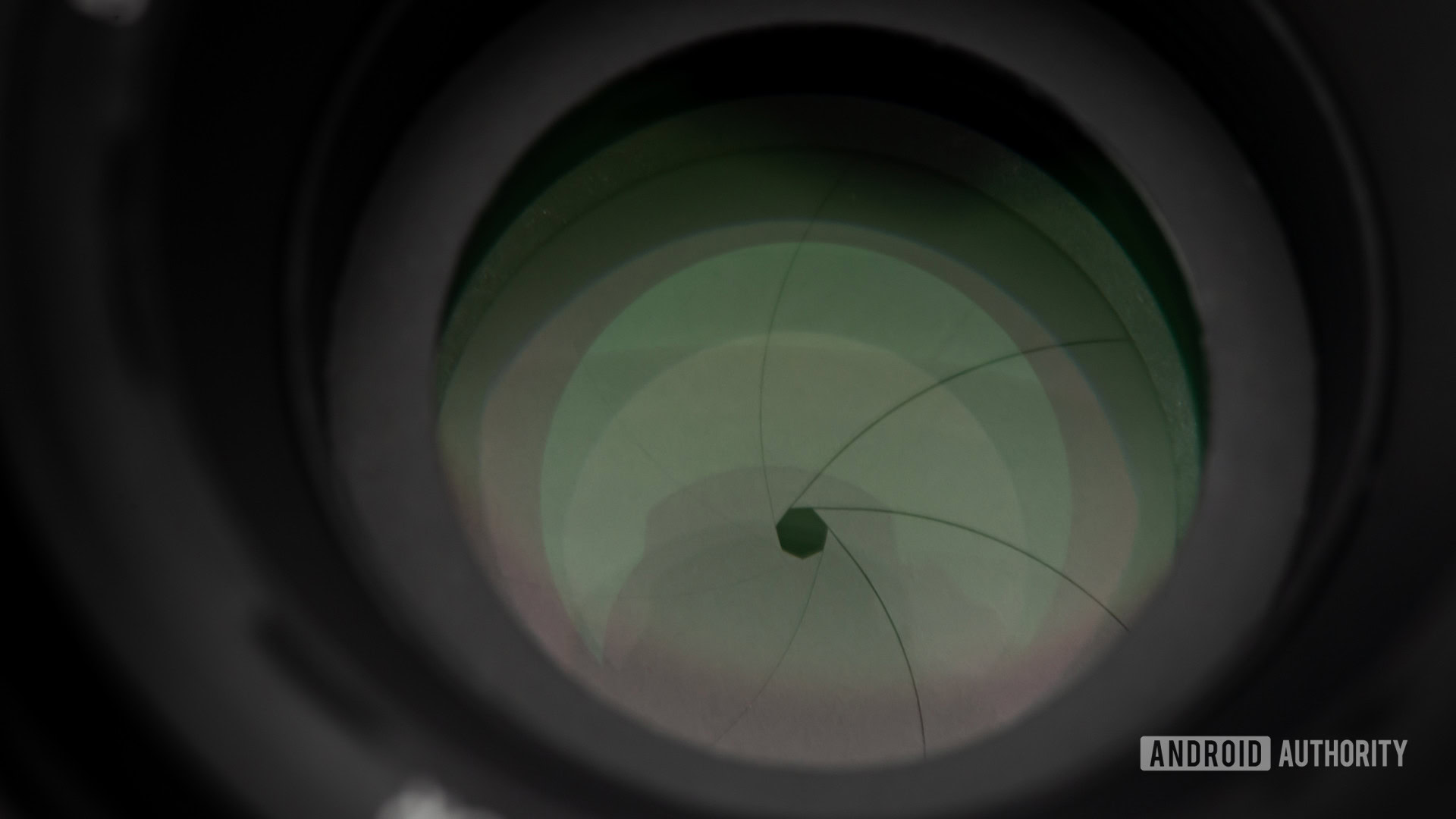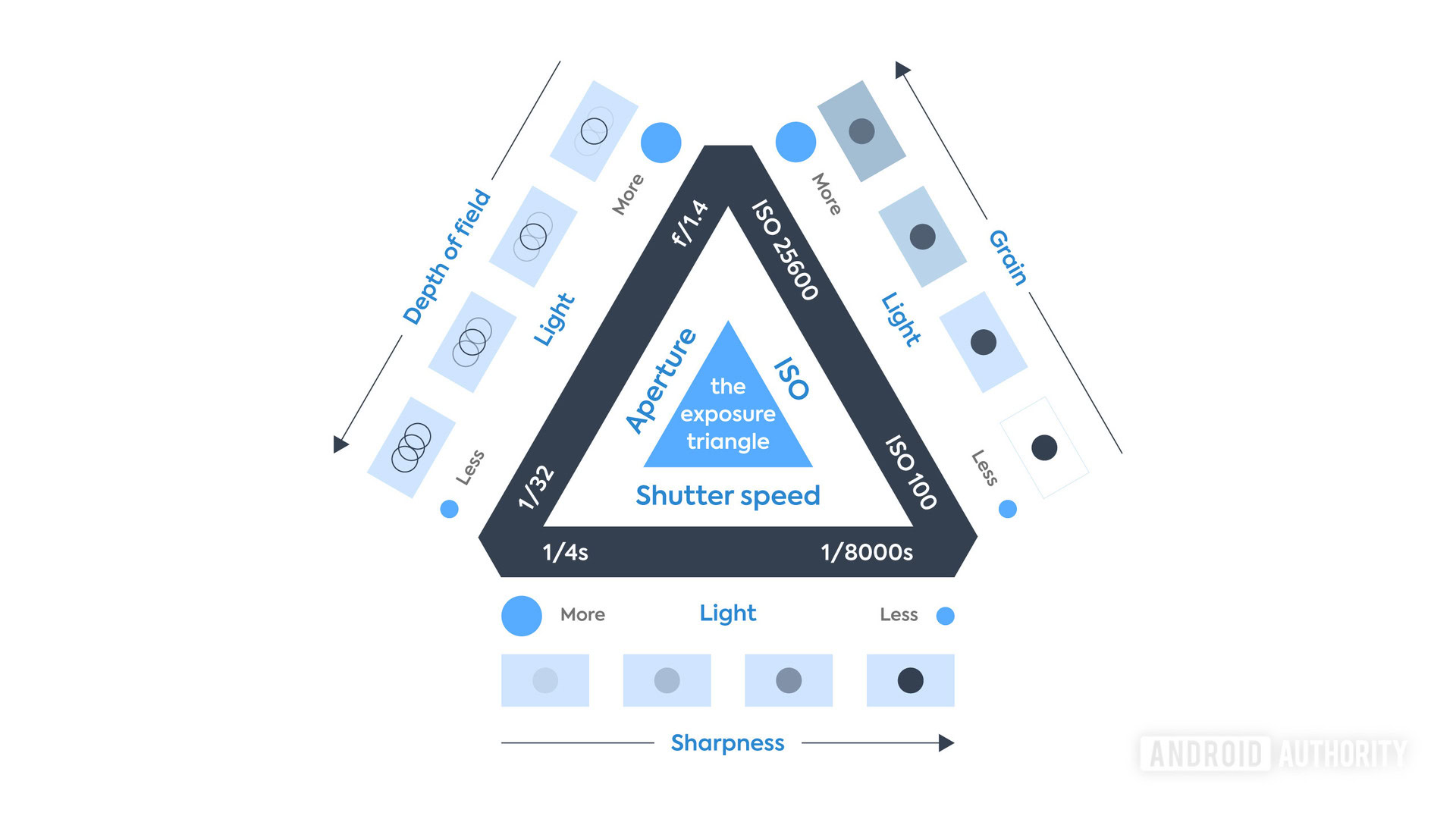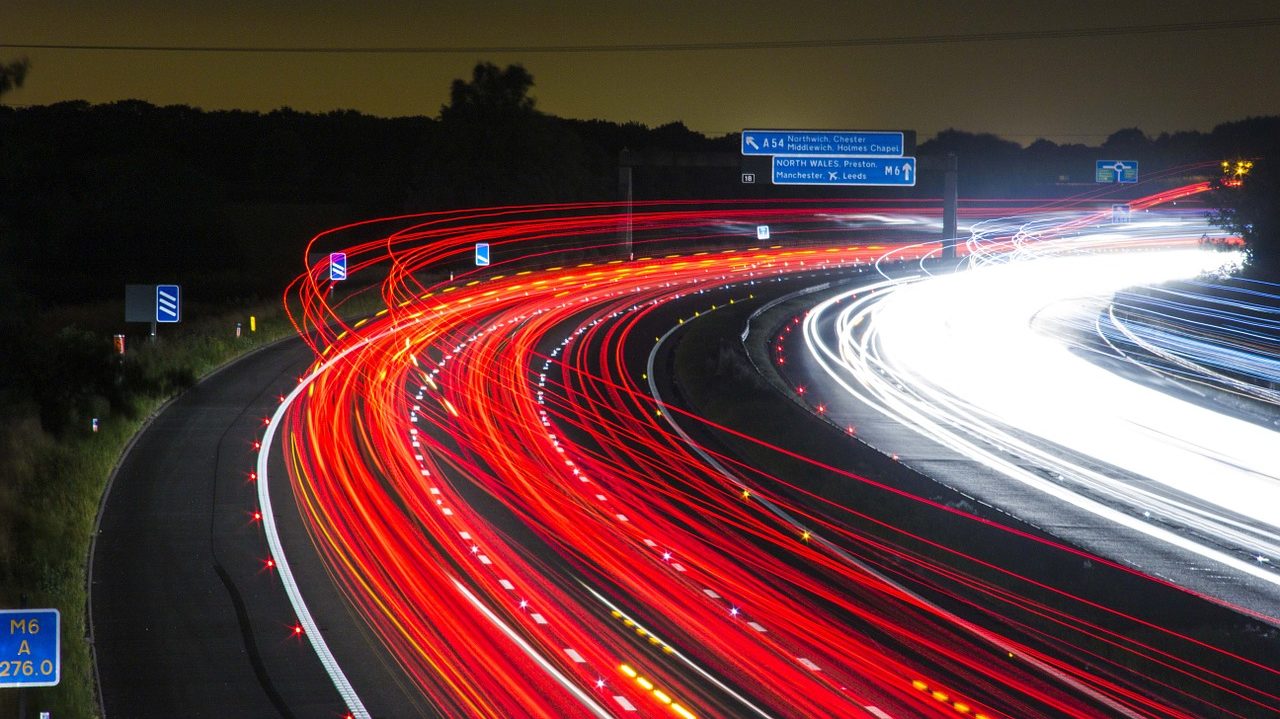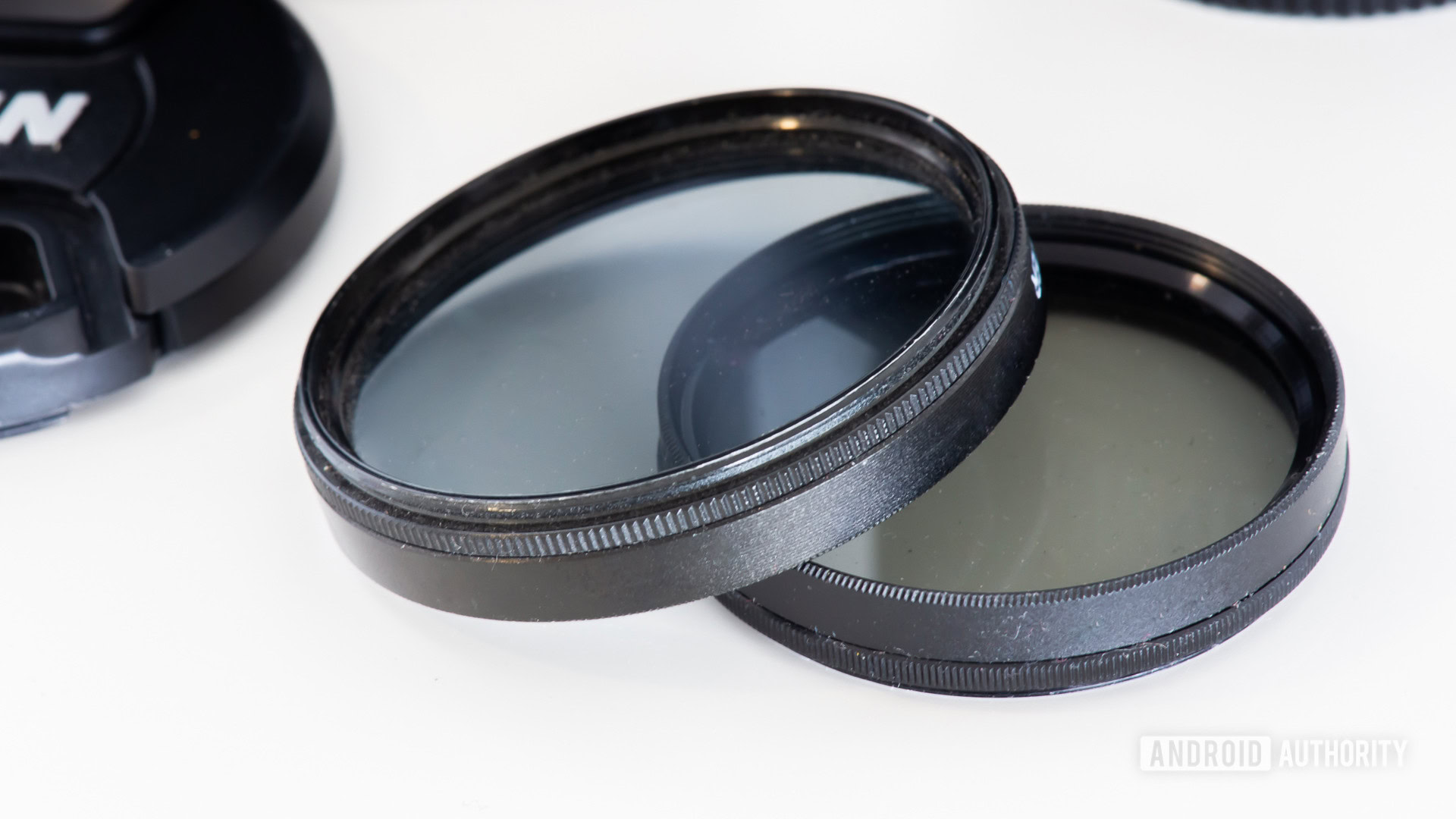Affiliate links on Android Authority may earn us a commission. Learn more.
What is shutter speed in photography? Making the most of your camera
Published onJanuary 30, 2022

Those stepping out of auto mode will need to learn about three essential settings in photography: aperture, ISO, and shutter speed. These are commonly referred to as the “exposure triangle,” as one must achieve a balance between all three factors to create a well-exposed image. Today we will be talking about shutter speed, how it affects a picture, and how to use it to your advantage.
To learn more about other photography terms and concepts, you can also check out the link below.
Also read: Photography terms explained: ISO, aperture, and more
What is shutter speed in photography?
A camera needs to let light into the sensor to take a photograph. Cameras have a shutter, which stops light from reaching the sensor until activated. This shutter will open up and expose the sensor to entering light when a shot is triggered. The time this shutter stays open is referred to as shutter speed.
More: What are the M, S, A, and P modes in a camera?
How is shutter speed measured?

Shutter speed is typically measured in seconds and fractions of a second. A shutter speed of 1/100 will expose the sensor for a hundredth of a second. Likewise, a 1/2 shutter speed will last half a second. You can also leave the shutter open for multiple seconds, commonly referred to as a long exposure shot. Most cameras can go down to about 1/4000 of a second and up to about 30 seconds or more.
The effects of manipulating this setting
Of course, the shutter speed will affect how bright or dark an image is. Leaving your sensor exposed for a more extended time will let it capture more light. Leaving it open for a shorter time will give the sensor less time to capture light, and therefore, the image will be darker. Shutter speed can affect more than just exposure, though.
Because your shutter speed will determine the time the sensor captures light, a longer exposure time can create very interesting effects. This is how you can accomplish light streaks and water smoothing, for example. It can also create unintentional motion blur, though.
Also: How to use manual mode on your smartphone camera
When should I extend shutter speed?

Most photographers like to keep the shutter speed as short as possible, because this freezes the moment. This is OK when there is plenty of light around (and you want a bright image), but things get more complicated when the environment is dark, or you’re shooting a moving subject. If this is the case, you might want to manipulate ISO and aperture to better expose an image without sacrificing crispness. Alternatively, you can add artificial light to the scene, but that’s not always possible. Check the link below to see some of our recommendations on photography lights and other accessories.
As you advance in your photography knowledge and skills, you will realize extending the shutter speed can also create unique effects. For example, you can do this to smooth out waves in the ocean. People also love capturing light in motion, a technique that requires a longer shutter speed. A little bit of motion blur can also portray movement, such as a blurred-out passing car.
Consider using an ND filter

There is such a thing as having too much light. Imagine taking a shot on a sunny day, and you want a long exposure shot; let’s say it is a five-second one. You also want to keep the aperture wide open to get that nice bokeh. This leaves you with one other setting to manipulate: ISO. The only problem is that ISO can only help you so much, since you can’t go lower than base ISO (usually 100 or 50) to darken an image.
There is such a thing as having too much light.Edgar Cervantes
A neutral density (ND) filter is essentially a dark piece of glass that stops light from reaching the sensor. This accessory attaches to the front end of a lens. It’s perfect for shooting daytime long-exposure shots. It will allow you to extend shutter speed without excess light hitting your sensor.
Photography is a complex art, so you’ll need to do more than expose correctly to create a striking image. We have a guide on composition and other advanced photographic concepts. Additionally, we’ve created a guide to help you improve lowlight photography. It will also help to learn the basics of editing an image.